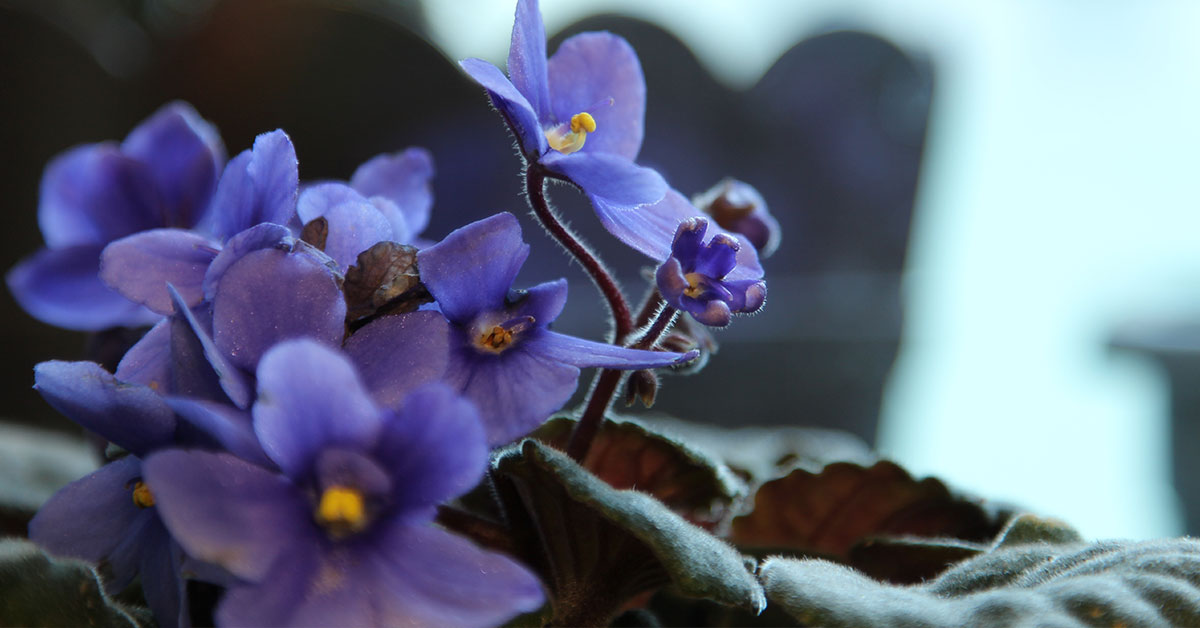African violets are one of the most popular houseplants due to their captivating beauty. With their soft, fuzzy leaves and bright, vivid flowers, they are sure to add life to any room. But if your African violet isn’t blooming, it can be very frustrating. Luckily, there are a few simple steps you can take to get your African violet to bloom again.
What is an African Violet?
An African violet (Saintpaulia ionantha) is a tropical plant native to eastern Africa. It is a member of the Gesneriaceae family of plants, which includes gloxinia, streptocarpus, and sponge plants. African violets are small, usually no more than 10-12 inches in diameter, and can be either single or double blooming. They are popular due to their ease of care and the fact that they can bloom year-round if given the proper conditions.
Common Reasons Why You Can’t Get Your African Violet To Bloom
There are a few common reasons why your African violet might not be blooming. The most common reason: may not be getting enough light. African violets need at least 8 hours of indirect, bright light every day to bloom properly. If your African violet is not getting enough light, try placing it near a south-facing window, but keep it out of direct sun.
Next is watering: African violets should never be allowed to dry out completely. Keep the soil lightly moist, but not soggy. Overwatering can also lead to bloom loss, so be careful not to overwater.
African violets can be sensitive to fertilizer. Too much fertilizer can cause the plant to become nutrient deficient, resulting in bloom loss. It can also cause yellowing leaves. Always use a fertilizer specially formulated for African violets at half-strength.
Finally, African violets need warm temperatures. Ideal temperatures are between 18-25°C (65-77°F). If the temperatures drop too low, it can lead to bloom loss.
How to Get Your African Violet to Bloom Again
If your African violet isn’t blooming, don’t worry! There are a few simple steps you can take to get it to bloom again. Firstly, make sure your African violet is getting enough light. Place it near a south-facing window, and make sure the window is not blocked by curtains or blinds.
Keep the soil lightly moist, but not soggy. Allow the top inch or two of soil to dry out between waterings. Use a fertilizer specially formulated for African violets at half-strength. Too much fertilizer can cause bloom loss.
Finally, keep the temperatures between 18-25°C (65-77°F). If the temperatures drop too low, it can lead to bloom loss.
With these few simple steps, you can get your African violet to bloom again in no time. They are easy to care for and can add a lot of life to any room. So get out there and enjoy the beauty of your African violet!













